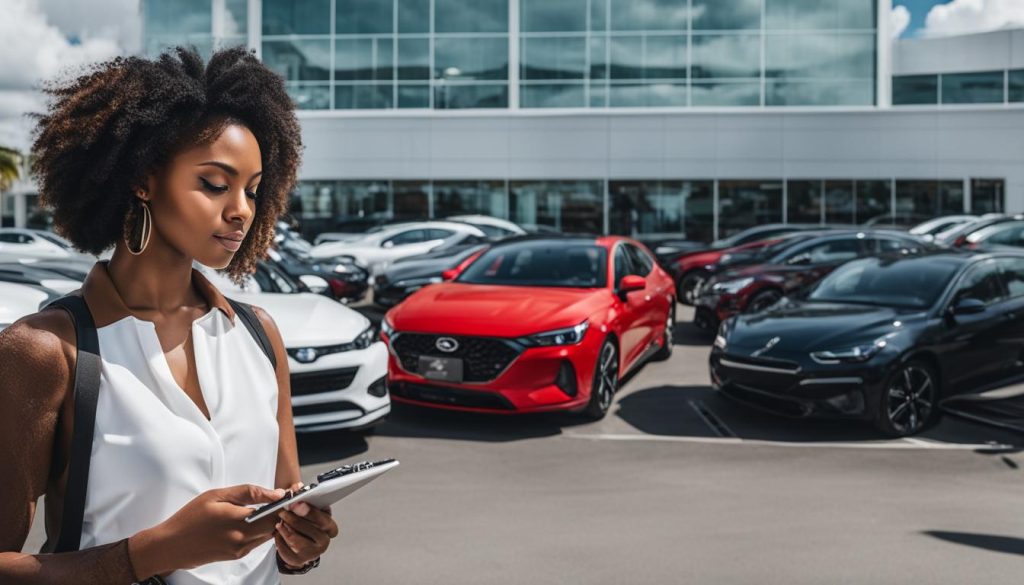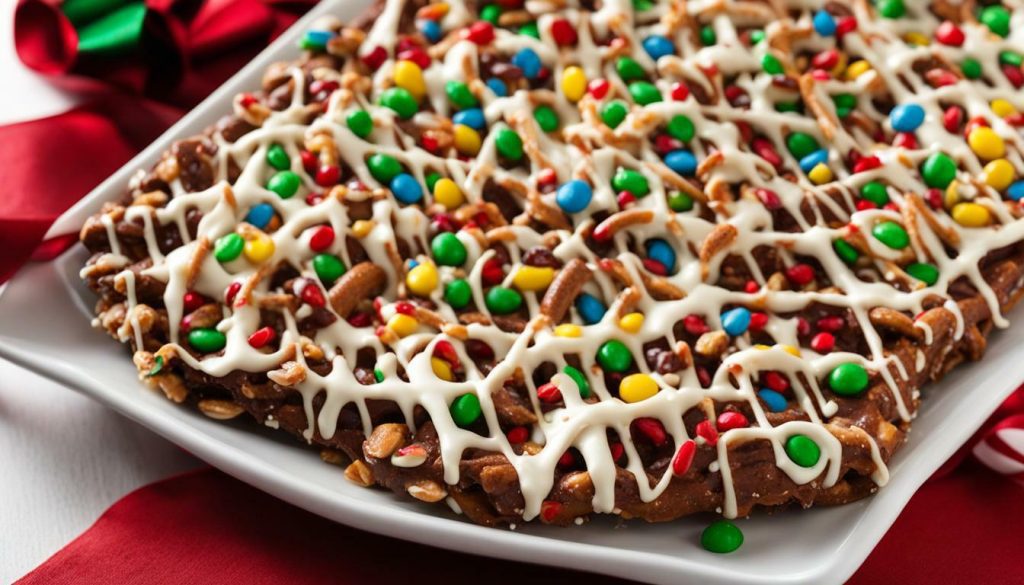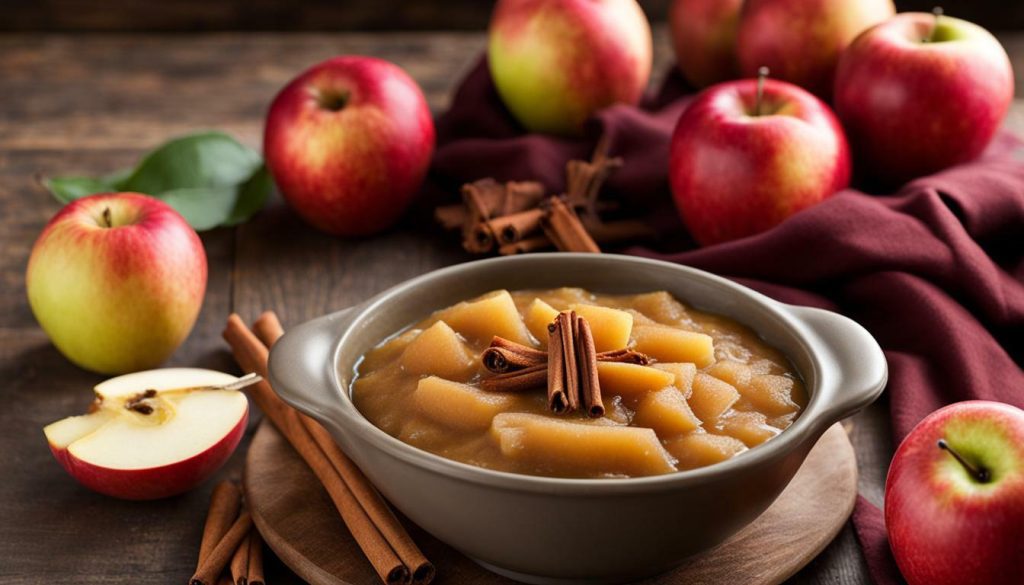
Welcome to Bubbles 101, where we explore the fascinating world of sparkling wines. In this article, we will delve into the differences between three popular bubbly options: Champagne, Prosecco, and Cava. So, grab a glass and join me on this effervescent journey as we uncover the unique qualities of each.
| Champagne Characteristics | Champagne Brands | Price Range |
|---|---|---|
| Small, persistent bubbles | Dom Pérignon | Over $100 |
| High pressure | Krug | Over $200 |
| Flute or Coupe glass options | Moët & Chandon | $50 – $100 |
| Wide range of price options | Veuve Clicquot | $30 – $60 |
Exploring Prosecco’s Unique Qualities
When it comes to sparkling wine, Prosecco stands out for its unique qualities. Made primarily from the Glera grape, Prosecco offers a refreshing and approachable taste that appeals to a wide range of palates. Unlike Champagne, which undergoes secondary fermentation in individual bottles, Prosecco follows the Charmat Method, where the secondary fermentation occurs in tanks.
This production method contributes to Prosecco’s lighter body and more affordable price point compared to Champagne. With a milder pressure and larger bubbles, Prosecco offers a lively effervescence that adds a touch of celebration to any occasion. It’s no wonder that Prosecco has gained popularity as a versatile and crowd-pleasing sparkling wine.
When it comes to tasting notes, Prosecco typically exhibits fresh and fruity flavors such as green apple, pear, and citrus. Its crisp acidity and subtle sweetness make it a perfect choice for enjoying with light appetizers, seafood, and fresh salads. Whether you’re hosting a brunch or looking for a delightful aperitif, Prosecco is a go-to choice for its vibrant and playful character.
The Best Bang for Your Buck
One of the standout features of Prosecco is its affordability. With prices typically ranging under $15, Prosecco offers exceptional value for the quality and enjoyment it delivers. Popular Prosecco brands such as La Marca and Ruffino offer a range of options to suit different preferences and budgets. So whether you’re looking to stock up for a big celebration or simply want to enjoy a glass of sparkling wine on a weekday, Prosecco is a fantastic choice that won’t break the bank.
| Prosecco Brand | Price Range |
|---|---|
| La Marca | Under $15 |
| Ruffino | Under $15 |
Understanding the Qualities of Cava
When it comes to sparkling wine, Cava stands out as a unique and exceptional option. Produced primarily in Catalonia, Spain, Cava shares some similarities with Champagne in terms of its production method and taste profile. However, it also has its own distinct qualities that make it a favorite among wine enthusiasts.
Cava is made using the traditional method of secondary fermentation in the bottle, just like Champagne. This method involves adding a mixture of sugar and yeast to the base wine, which produces carbon dioxide and creates the characteristic bubbles. The pressure in Cava is medium, resulting in elegant and fine bubbles that dance on the palate.
When it comes to tasting notes, Cava typically exhibits flavors of citrus fruits, apples, and pears, with a hint of toasty notes from the aging process. It is a refreshing and versatile sparkling wine that can be enjoyed on its own or paired with a variety of foods, such as seafood, tapas, and creamy cheeses.
One of the standout qualities of Cava is its affordability. While Champagne and even Prosecco can sometimes be on the pricier side, Cava offers excellent value for your money. With prices ranging from $10 to $30, you can indulge in high-quality sparkling wine without breaking the bank. Popular Cava brands like Freixenet are widely available, but exploring smaller labels can lead you to discover hidden gems.

In conclusion, Cava is a sparkling wine that deserves recognition for its unique qualities. With its traditional production method, elegant bubbles, and affordable price point, it is a fantastic option for those seeking a sparkling wine experience that rivals Champagne. So, the next time you raise a glass of Cava, savor the flavors and celebrate the joys of this delightful Spanish sparkling wine.
Embracing the Joys of Bubbly
When it comes to sparkling wine, there’s more to it than just special occasions. Sparkling wine, including Champagne, Prosecco, and Cava, can bring a touch of effervescence to everyday life. So why not indulge in the joy of bubbles whenever you feel like it?
First things first, serving temperature matters. To fully appreciate the flavors and bubbles, it’s best to serve sparkling wine chilled. Aim for a temperature between 45°F and 50°F (7°C and 10°C) to strike the perfect balance. And don’t forget about the glassware! Opt for a flute or tulip-shaped glass, as these designs help to preserve the carbonation and concentrate the aromas.
Now, let’s talk preservation. If you happen to have some leftover sparkling wine, it’s important to keep it fresh for future enjoyment. Unlike still wines, sparkling wine is more prone to oxidation. To prevent this, use a cork stopper specifically designed for sparkling wines. This will help maintain the bubbles and prevent any unwanted fizz from escaping. And remember, it’s best to consume any opened sparkling wine within 1-3 days.
So whether it’s a casual get-together, a cozy night in, or a celebration, don’t hesitate to pop open a bottle of sparkling wine. Embrace the joy of bubbles and savor the delightful effervescence. Because life is too short not to enjoy the everyday pleasures. Cheers!






